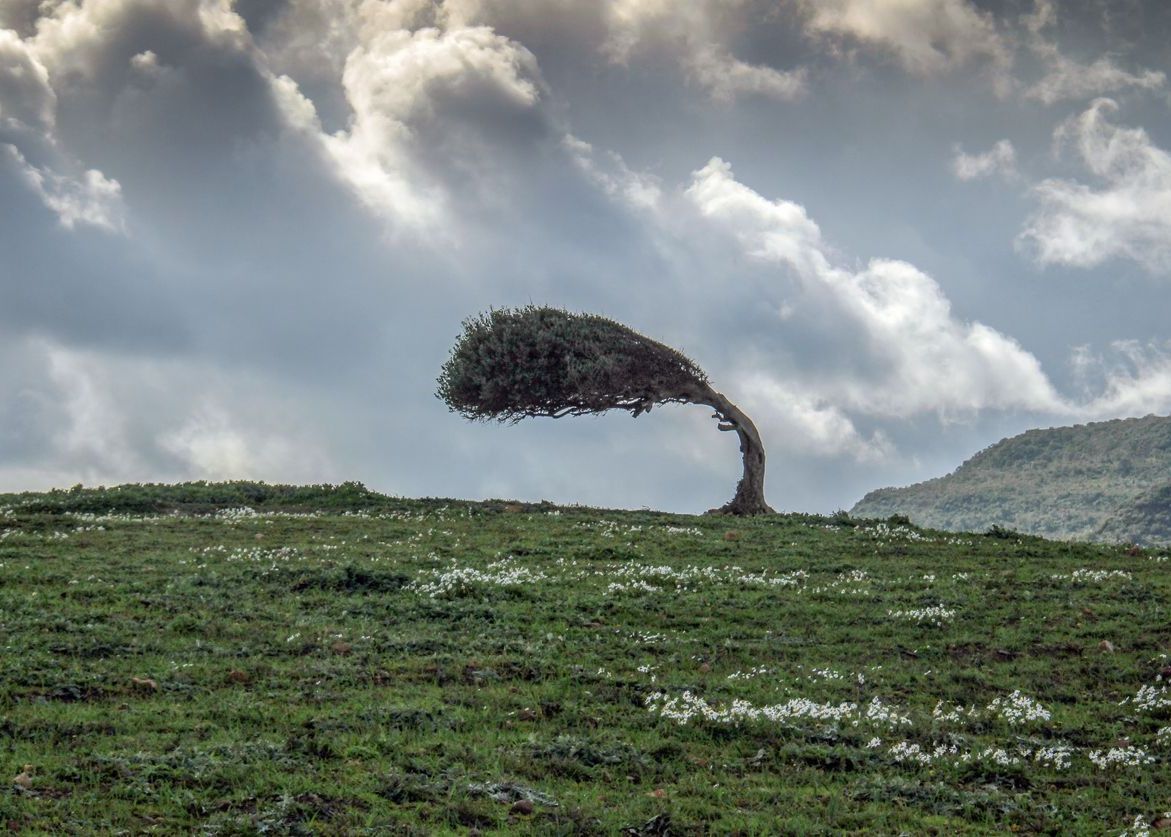- Startseite -
- Digital Bavaria -
- Blog #bytevaria - Swabia: A diverse region in south-west Bavaria – Great whatever the season
Swabia: A diverse region in south-west Bavaria – Great whatever the season
The coronavirus pandemic forced many people to stay at home. Thanks to an easing of restrictions, beautiful corners of Bavaria are now open to visitors once again. What about a trip to Swabia? This district in the south-west of Bavaria has vibrant towns, breathtaking countryside with mountains, rivers and lakes, and a rich and diverse culture. Join us on a journey to discover Bavarian Swabia. Let's go – Uf gohds!
What makes up Swabia?
Swabia is an administrative district in the south-west of Bavaria with four urban municipalities and ten districts or Landkreise. The region is not to be confused with Swabia in Baden-Württemberg – and it is often called "Bavarian Swabia" for clarity. Today's region of Bavarian Swabia has its roots in the 1837 administrative reform in the Kingdom of Bavaria under Ludwig I. The district now stretches from Ries in the north to the Bavarian Allgäu in the south. Locals in the northern part of Swabia prefer to be called Oberschwaben or Upper Swabians. Residents of Neu-Ulm, on the other hand, call themselves Bavarian Swabians to distinguish themselves clearly from the Swabians living on the other side of the Danube in Ulm, Baden-Württemberg. Alongside a number of textile companies and the chemical and engineering industry, tourism is also important to the region.
Unspoiled nature: Idyllic Swabian countryside nestled between mountains and lakes
Swabia is heaven for nature-lovers. Whether on a lovely day trip to the picturesque Allgäu region or a hike along one of the many trails through the beautiful valley of the Danube, visitors can admire nature in all its glory and the region's fascinating flora through Swabia. Geopark Ries in Nördlingen, Germany's best-preserved meteorite crater, has wonderful viewpoints and lush vegetation. Visitors can also find out all about the history of the site and see a real piece of moonstone in the Rieskrater-Museum. Many of the trails along the rivers and marshland have wonderful viewpoints. These are the perfect place not just to admire the landscape, but with any luck also to meet some of the local fauna. The Allgäu area in the very south of Bavarian Swabia has no strict geographical definition. The mountains of the Allgäu with their many hiking trails, rustic mountain huts and deep-blue mountain lakes are a perfect place for exploration and escape. In the winter months, Swabia also attracts winter sports enthusiasts.

Experience customs and traditions
Historical cityscapes, romantic lanes and monuments: visitors to Swabia's towns and cities can experience the region's history up close. Augsburg, Swabia's administrative capital, bears the historical stamp of the Fugger family, who shaped the city from the 14th century. The Wittelsbach dynasty also had a key influence on the development of Bavarian Swabia in centuries gone by. Magnificent castles such as Neuschwanstein and Linderhof, both built by King Ludwig II, are lasting witness to that era. Guided tours of the castles bring the pomp and splendour of this bygone era to life. Swabia is committed to preserving Bavarian customs and traditions. Tradition is reflected above all in the traditional dress or "Trachten", traditional crafts and workmanship, and the famous "Almabtrieb", known as Viehscheid in the Allgäu. This is when the cattle are brought down from the mountain pastures to spend the winter in the barns on the farms down in the valley. The villagers wear their traditional dress for the occasion, and the "Kranzrind", the cow that leads the herd, also wears an elaborate headdress. Cattle also wear large bells around their necks to protect them from evil demons. The profession of "Schellenschmied" or bell smith is a traditional one still practised in the Swabian Allgäu today, and the smith makes the cowbells. The sound of bells therefore accompanies the cows as they come down the mountain. Once all the cattle are safe in their stalls, the villagers celebrate the end of the summer on the alm.

The Swabian dialect
Swabian dialect in Bavaria can be divided into three local dialects. The people in Bavarian Swabia or Bayerisch-Schwaben speak Ostschwäbisch (East Swabian). A key feature of Ostschwäbisch is the use of the diphthong 'oa' instead of the monophthong 'a', for example the word for 'sleep' is 'Schloaf' instead of 'Schlaf'. The older generations in particular usually speak exclusively in Swabian dialect, as do the inhabitants of the old, long-established villages. Many Swabian words have no equivalent in standard German – take for example the term 'Bockeschoaß', which describes a forwards roll. 'Samschdig' is Saturday, and anyone needing a ladder ('Leiter' in standard German) will need to ask for a 'Loatr' in Bavarian Swabia. Find out more about Bavaria's linguistic landscape in our article on dialects and linguistic diversity in Bavaria.
Culinary highlights in Swabia
As in much of Bavaria, hearty food and farming fare from an earlier era shape the cuisine of Bavarian Swabia. Roast meat and cooked desserts with flour and dairy products are common. A typical Bavarian Swabian eatery is guaranteed to serve the following dishes:
- Zwiebelrostbraten (roast with onions) with spätzle noodles
- Kässpoatzn (cheese spätzle), probably with Allgäuer Bergkäse cheese
- Schwäbische Bubespitzle noodles with sauerkraut
- Zwetschgendatschi (a square of plum cake)
And of course a typical hearty Swabian meal is not complete without a cool, refreshing beer. With more than 80 breweries, Bavarian Swabia is the region with the third-highest density of brewers in Germany behind Upper Franconia and Upper Bavaria. Read our article "Beer in Bavaria" to find out all about the Bavarian art of brewing and the history of Bavaria's "staple food".

Swabia – an exciting region of Bavaria
Swabia, its towns and countryside are always well worth a visit. No matter what the season, this south-westerly region of the state of Bavaria draws visitors with its traditional yet modern lifestyle and outlook. Swabia also has a strong and growing economy. Take a look at our article A close look at Bavaria’s regions: Swabia to find out more about business in the region. Enjoy, or as the Swabians say, vil Schboaß!

From hydrogen to chip design – how cross-industry innovation creates business opportunities for foreign investors in Bavaria

Our ABCs of Funding: Find the most important information about funding!

